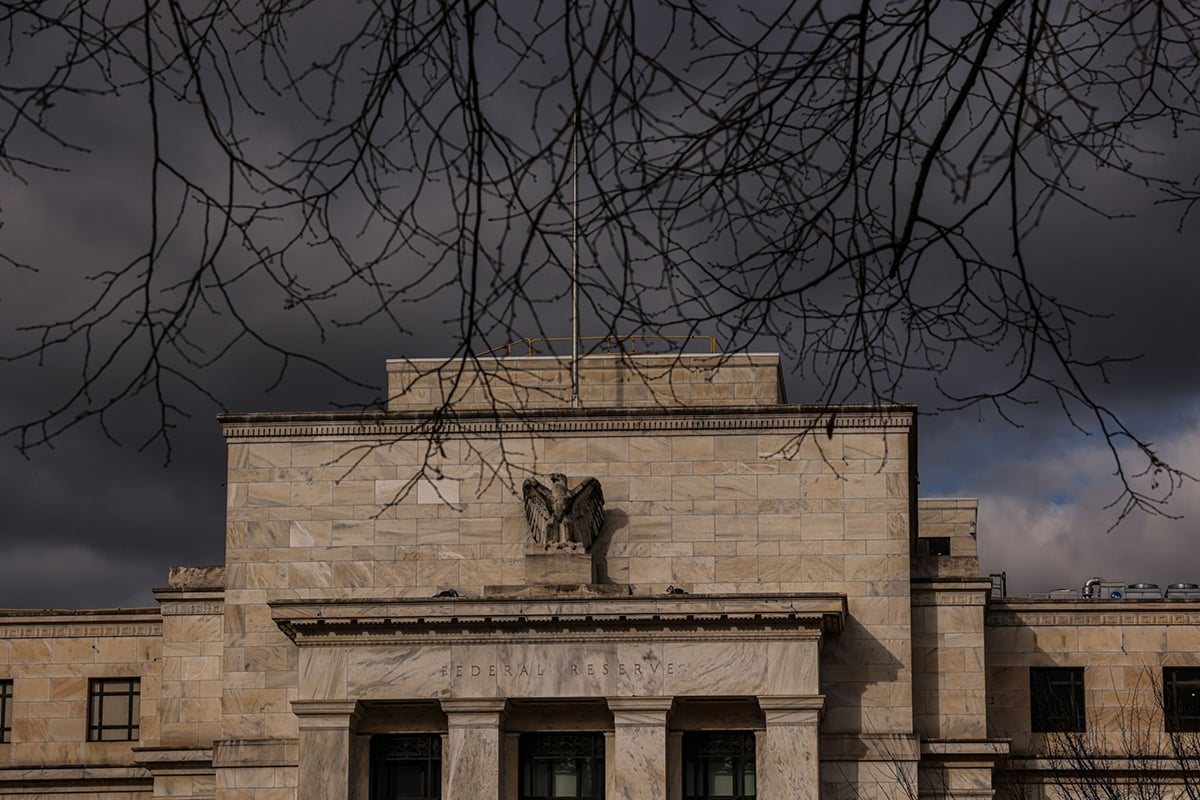Manufacturing growth is slowing from China to Europe, creating adilemma for central bankers considering higher interest rates tocombat inflation.
|China's factory index fell to the lowest level since February2009, while in the 17-nation euro area, a gauge slipped to an18-month low. German manufacturing expanded at the weakest pace in17 months, while Italy, Ireland, Spain and Greece contracted. Inthe U.K. and India, output growth also slowed.
|“There is a broad-based slowdown taking place in themanufacturing sector,” Silvio Peruzzo, an economist at Royal Bankof Scotland Plc in London, said by telephone. “But it's still tooearly to jump on the view that we're heading toward an environmentwhere activity will be contracting.”
|Europe's debt crisis and slowing U.S. growth are damping demandfor goods, putting pressure on policy makers to delay further rateincreases even as prices gain. Inflation quickened to the fastestpace since 2008 in China, exceeded 20 percent in Vietnam last monthand sparked protests in India. Euro-area inflation remained at 2.7percent in June, exceeding the European Central Bank's 2 percentceiling for a seventh month.
|Price pressures have prompted Asian central banks to be amongthe quickest to withdraw monetary stimulus as growth acceleratedfollowing the global recession in 2009. India, South Korea,Thailand and Taiwan raised their benchmark rates last month tocontain rising prices, while China ordered lenders to set asidemore cash as reserves.
|ECB President Jean-Claude Trichet reiterated yesterday thatpolicy makers are ready to raise the benchmark interest ratefurther from 1.25 percent to fight inflation threats even asgovernments struggle to contain Greece's debt crisis. They willhold their next monetary policy meeting on July 7 in Frankfurt.
|The ECB can “easily” raise rates “without inflicting any pain onthe economy, which continues to grow very slowly,” RBS's Peruzzosaid.
|The China Federation of Logistics and Purchasing said itsPurchasing Managers' Index was at 50.9 in June compared with 52 inMay. Manufacturing, which accounts for about half of China'seconomy, is moderating as government policies curb demand forhousing and cars, power shortages crimp output and monetarytightening limits company funding.
|“The Chinese PMI pointed at both growth and inflationmoderation, which likely soothed concerns about excessive monetarytightening ahead,” said Valentin Marinov, a currency strategist atCitigroup in London. “If the Chinese economy slows down further,this could intensify concerns about a hard landing and add to theheadwinds for risk appetite.”
|The People's Bank of China has paused for 12 weeks in raisingbenchmark rates, the longest gap since increases began in October.China's inflation was 5.5 percent in May, exceeding thegovernment's annual target of 4 percent.
|In South Korea, where export growth slowed to 14.5 percent inJune from 22.4 percent in May and a purchasing managers' index byHSBC and Markit Economics eased, consumer-price gains exceeded thecentral bank's target for a sixth month in June. Prices rose 4.4percent from a year earlier after a 4.1 percent increase in May,the statistics department said today. The Finance Ministryyesterday cut its 2011 growth forecast to 4.5 percent from 5percent.
|A measure of India's manufacturing output fell to 55.3 in Junefrom 57.5 in May, according to an index compiled by HSBC and MarkitEconomics. Price gains in the world's second-most populous countrymay accelerate after the government last week raised the cost ofdiesel and cooking gas for the first time in a year. The ReserveBank of India has raised interest rates 10 times since mid-March2010.
|“We are seeing a global slowdown in growth so it may not benecessary for imminent tightening” across Asia, said FredericNeumann, co-head of Asian economic research at HSBC in Hong Kong.While the easing expansion may curb price pressures, “one big riskfor Asia is that inflation remains more sticky than expected andthat will reduce the scope for policy accommodation.”
|Markit's gauge of euro-area manufacturing tumbled to 52 in Junefrom 54.6 a month earlier. Germany, the region's largest economy,saw its measure fall to 54.6 from 57.7, Markit said, while Greece'sreading of 45.5, up from 44.5 in May, “signaled a further soliddeterioration in business conditions for Greek goods producers.” Areading below 50 indicates contraction.
|U.K. manufacturing growth unexpectedly slowed in June as waningglobal demand reduced orders. The British gauge fell to 51.3 from arevised 52 in May, the lowest level since September 2009. Themedian forecast 26 of economists in a Bloomberg News survey was fora reading of 52.3.
|“The previously robust recovery in the industrial sector israpidly losing steam,” Jonathan Loynes, chief European economist atCapital Economics in London, said in a note. “Hopes that asustained rebalancing of an economy toward the industrial sectorwould help to offset the weakness of consumer sector are fadingfast.”
|U.S. manufacturing probably expanded in June at a slower pace asshortages of parts and components from Japan prompted factories tolimit production, a separate Bloomberg survey showed. The Institutefor Supply Management's manufacturing index is due later today.
|Bloomberg
Complete your profile to continue reading and get FREE access to Treasury & Risk, part of your ALM digital membership.
Your access to unlimited Treasury & Risk content isn’t changing.
Once you are an ALM digital member, you’ll receive:
- Critical Treasury & Risk information including in-depth analysis of treasury and finance best practices, case studies with corporate innovators, informative newsletters, educational webcasts and videos, and resources from industry leaders.
- Exclusive discounts on ALM and Treasury & Risk events.
- Access to other award-winning ALM websites including PropertyCasualty360.com and Law.com.
*May exclude premium content
Already have an account? Sign In
© 2024 ALM Global, LLC, All Rights Reserved. Request academic re-use from www.copyright.com. All other uses, submit a request to [email protected]. For more information visit Asset & Logo Licensing.







